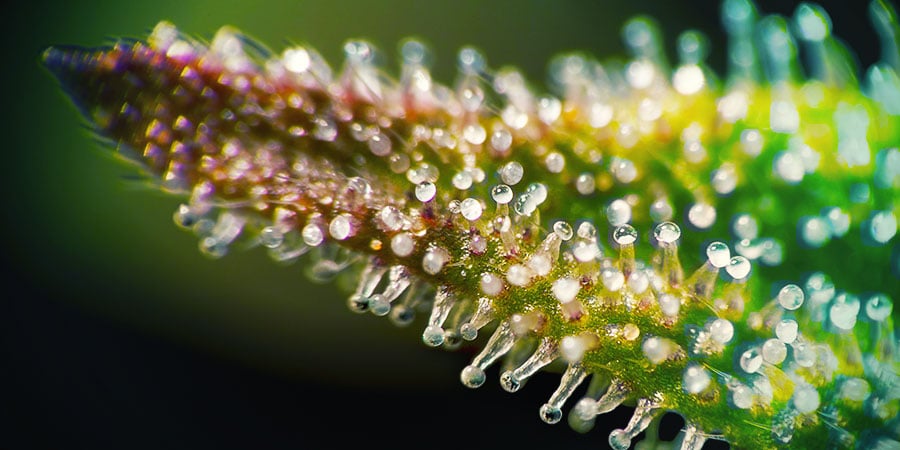
Hokkaido Hemp: A Rare Japanese Landrace
The northern island of Hokkaido, Japan might seem like an unlikely place for a cannabis landrace to spring up, but that's precisely where Hokkaido hemp is flourishing.
Countless cannabis strains exist. Each has been selectively bred to express specific traits that meet the demands of all types of cultivators. Some are loaded with taste, whereas others have been developed for size and potency. All of these domestic strains have their ancestral roots buried in wild landrace varieties. These feral specimens are much sought-after for their genetic stability and breeding potential.
Many cultivators are familiar with the origins of the most prestigious cultivars. Kush genetics stem from the Hindu Kush mountain range, and the autoflowering genetics of Cannabis ruderalis developed in the harsh climates of Siberia and Kazakhstan. Popular sativa genetics originated in areas such as Thailand and Jamaica; but did you know that cannabis also grows wild in Japan?
INTRODUCING: HOKKAIDO HEMP
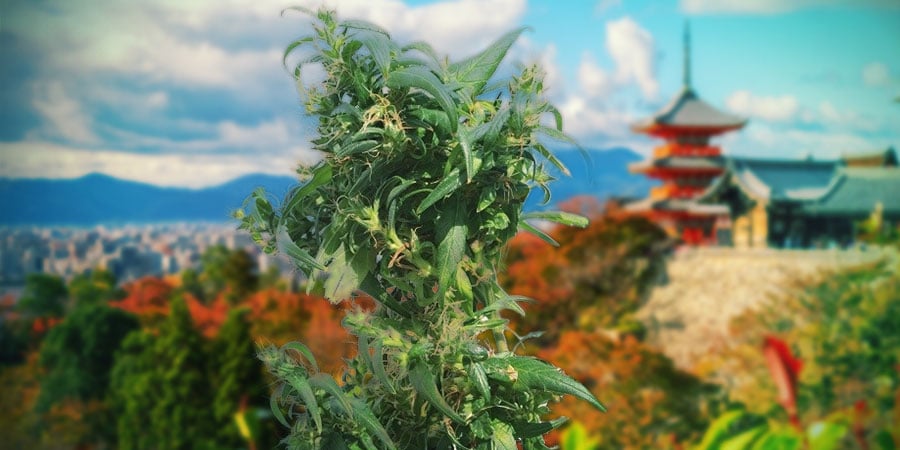
Yes, seriously. The East Asian island nation is home to a prolific wild cannabis crop. It’s on the second largest island in Japan—Hokkaido—where nature is overseeing this stash. But this isn’t any old landrace find. Hokkaido hemp is both rare and under threat.
This landrace stock is unique in its genetic and chemical makeup. It presents an interesting opportunity for breeders, researchers, and conservationists alike. The latter more so than the former. Unfortunately, departments within the Japanese government are attempting to eliminate these wild hemp fields.
As a collaboration with ACE Seeds, Zamnesia has introduced this fascinating variety into our seed catalogue. This decision will fuel the import of this rare landrace into the Western world, giving rise to new strains and protecting the variety from authoritarian destruction.
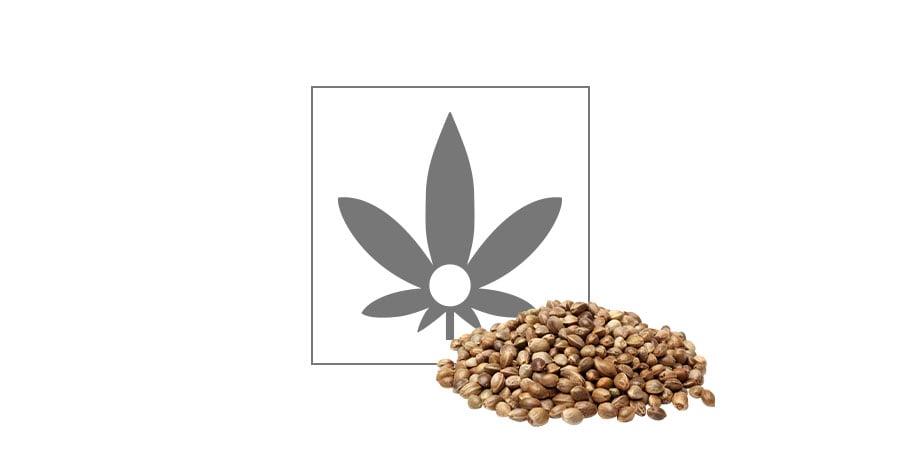
Let’s delve into the nuances of Hokkaido hemp, and see what makes this landrace so enigmatic and intriguing.
A LONG AND PROUD LINEAGE: THE HISTORY OF HOKKAIDO HEMP
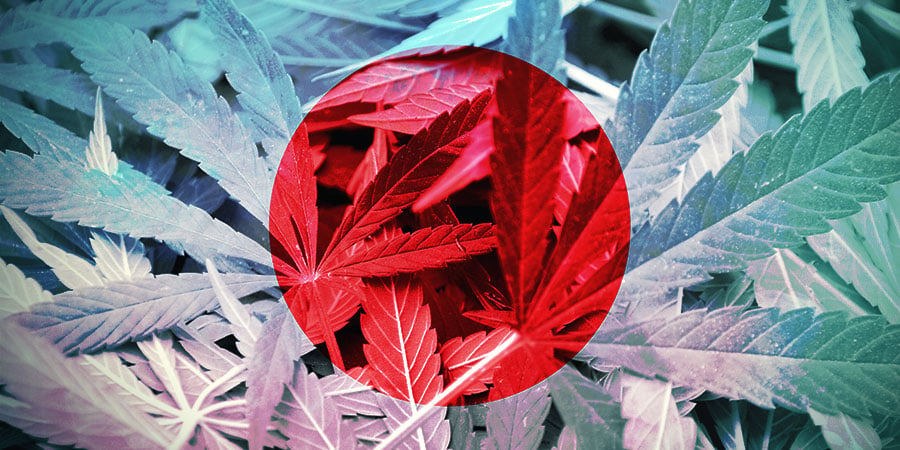
Japan has a zero-tolerance policy for cannabis. Citizens face a five-year sentence for possession, and seven years behind bars for cultivation. But it hasn’t always been this way.
Japan has a relationship with cannabis that extends into antiquity. 10,000-year-old hemp string was unearthed in Obama City, Fukui, and ancient hemp seeds were excavated in Tateyama City, Chiba.
Evidence suggests the indigenous inhabitants of Hokkaido were cultivating hemp during the Jōmon Period, a window of time spanning from 14,000–300 BCE. A step into recent history unveils the first known record of Hokkaido hemp. The manuscript, dating back to 1717, discusses the possibility of farming hemp and other crops on the island. The cool summers and lack of humidity make it an ideal setting.
The Hokkaido landrace demonstrates a rare genotype. Laboratory analysis has confirmed its lineage is neither of European or Russian descent. The strain is likely related to Chinese and Korean hemp varieties. This makes it particularly appealing to breeders seeking to infuse these genetics with Western cultivars.
Preservation of these genetics is also a major concern. Law enforcement in the Hokkaido region is waging a constant battle against this “inconvenient” crop. Reports state that teams of plant pullers managed to remove over 8,000 plants in a single day. Luckily, it appears as though they are losing the battle. Hokkaido hemp continues to flourish faster than it can be suppressed. Export of these genetics, however, is still an important premise. If anti-hemp efforts reach a critical point, these unique specimens need to be preserved.
LOW LEVELS OF CANNABINOIDS: THE EFFECTS OF HOKKAIDO HEMP
Hokkaido hemp won’t be so much of a hit within circles of THC enthusiasts. At least not until it's crossed with the likes of Gorilla Glue. A lack of intensive breeding means the strain houses low levels of cannabinoids. Flowers contain 0.086% THC and trace levels of CBD, THCV, CBC, and CBG.
Smokers won’t be getting red-eyed over this strain anytime soon. But this doesn’t rule out interesting cannabinoid expressions after a series of breeding efforts. The potential of this landrace remains untapped. These buds also produce minor levels of terpenes, the most abundant being pinene.
A BLEND OF INDICA AND SATIVA MORPHOLOGY: GROWING HOKKAIDO HEMP
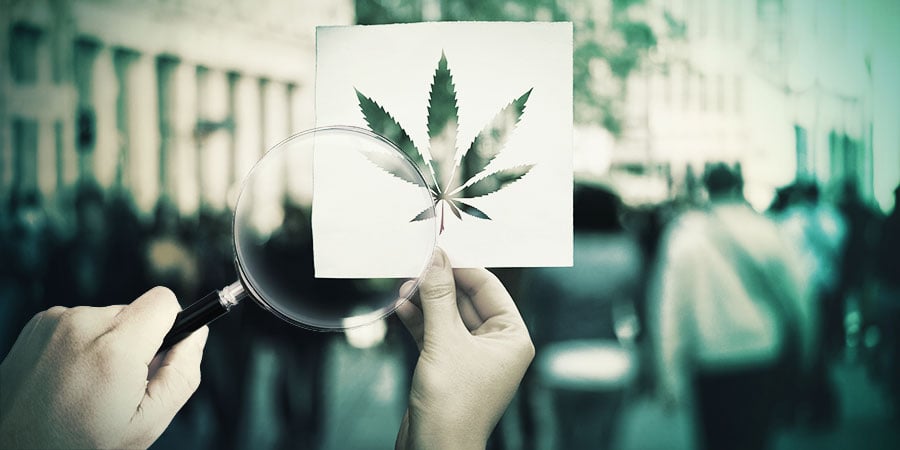
Hokkaido hemp is a tall and durable strain. It features wide leaves with broad fingers that are commonly seen on indica varieties. The landrace has developed a thick and sturdy stem that makes it resilient against strong winds.
It features heavy lateral growth, dense branching, and large spacing between nodes. What makes Hokkaido hemp particularly unusual is its semi-autoflowering ability. The strain initiates flowering shortly after the summer solstice, much earlier than standard photoperiod cultivars. This rare trait is something breeders are on the lookout for. If it can be passed down, it may give rise to a new category of cannabis.
Hokkaido hemp flowers develop as small, spiky colas. Buds are dominated by irregular sugar leaves that are wide, long, and dark green. The lack of substantial flower mass is a sign of its feral evolution. However, the lack of hermaphroditism indicates that it was subject to human intervention at some point.
THIS STRAIN BELONGS IN YOUR COLLECTION
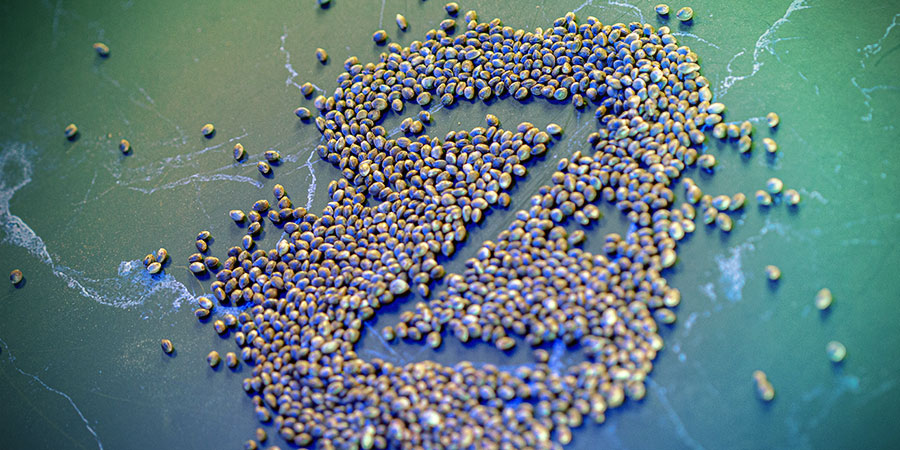
Seed collectors and cannabis connoisseurs will find it hard to resist adding this strain to their collection. Whether you decide to cultivate it or not, simply owning these seeds is an act of genetic preservation. As European hemp varieties continue to be introduced to Japan, whilst native landraces are being squashed, Hokkaido hemp needs to be introduced to cannabis safe havens.
As its popularity increases, this strain is set to contribute to unique and desirable cultivars. Its semi-autoflowering capabilities and genetic stability will surely attract breeders looking for something new and exciting.
-
 5 min
September 18, 2023
Landrace Strains: The Oldest Cannabis Strains
Landraces can be traced back many centuries to their respective continents and countries. Still, it wasn't until fairly recently that these strains were exported and became the backbone of the...
5 min
September 18, 2023
Landrace Strains: The Oldest Cannabis Strains
Landraces can be traced back many centuries to their respective continents and countries. Still, it wasn't until fairly recently that these strains were exported and became the backbone of the...
-
 5 min
October 26, 2020
What's The Difference Between Cannabis And Hemp
Hemp and cannabis are commonly confused. Although they have a plethora of different uses that have the potential to change the medical and industrial worlds, these plants share the exact same roots.
5 min
October 26, 2020
What's The Difference Between Cannabis And Hemp
Hemp and cannabis are commonly confused. Although they have a plethora of different uses that have the potential to change the medical and industrial worlds, these plants share the exact same roots.
-
 3 min
November 18, 2019
What's The Difference Between CBD Oil And Hemp Oil?
CBD has become a household name. With hundreds of CBD products available, it can be difficult to understand the differences. There's a lot of confusion surrounding the distinction between CBD oil...
3 min
November 18, 2019
What's The Difference Between CBD Oil And Hemp Oil?
CBD has become a household name. With hundreds of CBD products available, it can be difficult to understand the differences. There's a lot of confusion surrounding the distinction between CBD oil...
-
 6 min
February 6, 2018
Top 7 Original Cannabis Strains And Their Creators
In this article, we take a close look at the origins of 7 of the most iconic cannabis strains to ever hit the market. These include GG#4, Amnesia, Blueberry, Cheese, AK-47, Skunk, and Northern Lights.
6 min
February 6, 2018
Top 7 Original Cannabis Strains And Their Creators
In this article, we take a close look at the origins of 7 of the most iconic cannabis strains to ever hit the market. These include GG#4, Amnesia, Blueberry, Cheese, AK-47, Skunk, and Northern Lights.











 United States
United States

